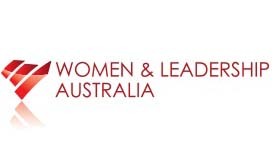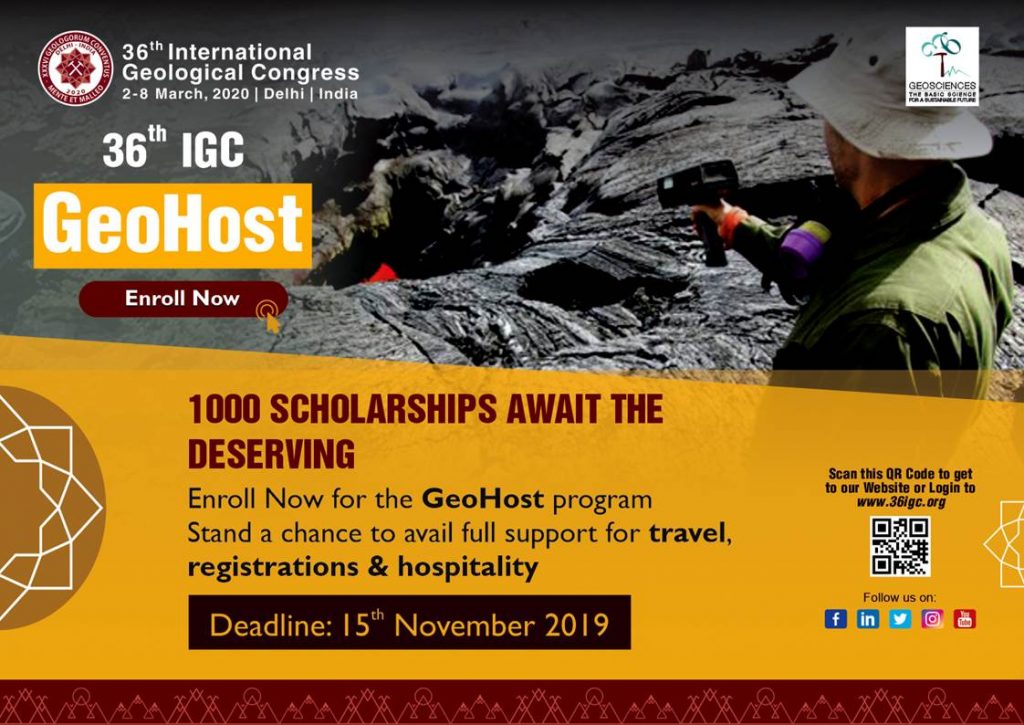The conference is organised by SGA with support from professionals in universities, research organisations, government, minerals industry, and service providers.
AIG is a supporter of the conference. AIG members may register for the SGA 2021 conference at the SGA member rate, a significant reduction in the conference registration fee.
28 – 31 March 2022, plus pre- and post- conference field trips and short courses.
The 16th Biennial Meeting of the Society for Geology Applied to Mineral Deposits (SGA) which will take place 28-31 March 2022 in a virtual conference format. The meeting will feature presentations on topics related to mineral deposit research, exploration, sustainable development and environmental and social aspects related to mineral deposits. The oral and poster presentation sessions, and pre- and post-conference short courses will provide a comprehensive programme.
The Third Circular has just been released and can be viewed on the conference website or by clicking here.
Online registration is available now via the conference website.
|
David Cohen
University of New South Wales, Sydney, New South Wales, Australia
Pining for an anomaly: Vectoring towards mineralisation using biogeochemistryClick here for abstract and biography |
David Cooke
Centre for Ore Deposit and Earth Sciences (CODES), University of Tasmania
Geological evolution of the Lihir gold deposit, Papua New GuineaClick here for abstract and biography |
|
Dave Craw
Geology Department, University of Otago, Dunedin, New Zealand
Orogenic gold mining and exploration in the Otago Schist, New ZealandClick here for abstract and biography |
Cornel de Ronde
GNS Science, Lower Hutt, New Zealand
Submarine hydrothermal systems as the shallow parts of porphyry Cu systems: the case for Brothers volcanoClick here for abstract and biography |
Angela Escolme
Centre for Ore Deposit and Earth Sciences (CODES), University of Tasmania
Trace element deportment – knowledge is powerClick here for abstract and biography |
Scott Halley
Mineral Mapping Pty Ltd, Hawley Beach, Tasmania, Australia
Estimation of gangue mineral percentages from routine drill hole analysesClick here for abstract and biography |
Keenan Jennings
BHP Metals Exploration
Mines and mineralisation – How a quality gap illustrates the need to enhance search spacesClick here for abstract and biography |
Teresa McGrath
Gold Technology, Group, WA School of Mines; Minerals, Energy and Chemical Engineering, Curtin University, Perth, Western Australia
Gravity Recovery of Gold – Past, Present and FutureClick here for abstract and biography |
Sandra Occhipinti
CSIRO Mineral Resources, Perth, Australia
Resourcing a low emissions future through mineral discovery and responsible recoveryClick here for abstract and biography |
Anita Parbhakar-Fox
W.H Bryan Mining and Geology Research Centre, Sustainable Minerals Institute, University of Queensland, Queensland, Australia
The critical importance of ‘secondary prospectivity’ in a dynamic global climateClick here for abstract and biography |
Julie Rowland (JR)
The University of Auckland, New Zealand
Inherited structures and golden triggers: controls on the localisation of Cretaceous-to-recent gold deposits, Aotearoa New ZealandClick here for abstract and biography |
Tobias Schlegel
CSIRO Mineral Resources, Kensington, Western Australia
Mineral zonation and ore formation in IOCG deposits: new insights from the integration of mineralogy, geochemistry and petrophysicsClick here for abstract and biography |
Stuart Simmons
Hot Solutions Ltd, Auckland, New Zealand
Advances in the understanding of epithermal ore forming processes from studies of modern environments in the TVZClick here for abstract and biography |
|
Australia and the United States have formalised their partnership on developing both nations’ critical mineral assets, with a project agreement signed today by Geoscience Australia and the United States Geological Survey (USGS).
The signing paves the way for both nations to work more closely on understanding each country’s geological resource potential for critical minerals, including rare earth elements, and developing a pathway to supply arrangements.
Minister for Resources and Northern Australia Matt Canavan said it was the beginning of a strong new partnership which would benefit both nations.
“This is a partnership that will deliver opportunity and security to both nations,” Minister Canavan said.
“Growing global demand for critical minerals means there is huge scope for Australia to develop secure and stable supply chains to meet the growing demand for critical minerals in key economies such as the US.
“The US has a need for critical minerals and Australia’s abundant supplies makes us a reliable and secure international supplier of a wide range of those, including rare earth elements.
“Today’s signing follows a wealth of work by the Liberal National Government to grow our potential in the critical minerals market, following the announcement of our critical mineral partnership with the US in early 2018.
“Almost 12 months ago Geoscience Australia and the USGS signed a wide-ranging Letter of Intent to formalise our collaboration on critical minerals.
“Our Critical Minerals Strategy was released earlier this year to coordinate activities across government, promote investment and deliver the necessary infrastructure to bring new critical minerals projects into production.
“And just last month we released our Critical Minerals Supply Chain in the United States report, which reinforces the importance of Australia continuing to attract investment in high-value activities such as processing and manufacturing.
“Our partnership with the US also supports the goals of our National Resources Statement.”
The new agreement focuses on joint critical mineral potential mapping and quantitative mineral assessments, determining geological controls on critical mineral distribution, and developing data analytics capability to understand supply and demand scenarios for developing the critical minerals pipeline.
The knowledge gained from this collaboration will:
Critical minerals are essential for the production of high-tech, aerospace, defence, renewable energy, agricultural, automotive and telecommunications technologies, and are found in everyday items such as lithium-ion batteries which power laptops and smartphones.
Senator the Hon Matt Canavan Minister for Resources and Northern Australia Media Release, 19 Nov 2019
Women and Leadership Australia have funding is available to support the development of female leaders across Australia’s science sector.
The initiative is providing women with grants of between $2,000 and $7,000 to enable participation in one of three programs that cover such things as reinforcing resilience and wellbeing, engaging with challenge and conflict, creating future focus, leading authentically and driving performance.
The scholarship funding is provided with the specific intent of providing powerful and effective development opportunities for science sector women, but has to be allocated by the end of 2019.
Expressions of Interest
Find out more and register your interest by completing the Expression of Interest form here prior to 6th December: www.wla.edu.au/funding.html

The organisers of next year’s 36th International Geological Congress to be held in New Delhi have announced a geohost program for early career geoscientists.
The program provides an opportunity for up to 1,000 applicants to have their travel and registration for the congress covered by a sponsorship. Scan the QR code in the image below or visit the 36th IGC website for full details.
Applications close 15th November so act now!
